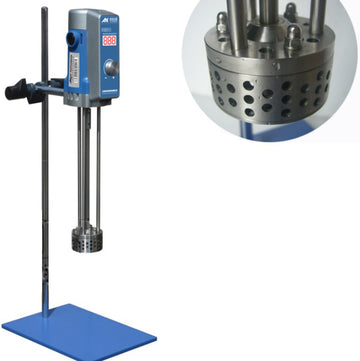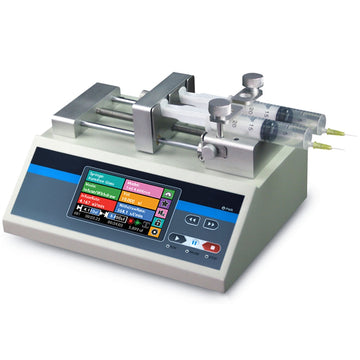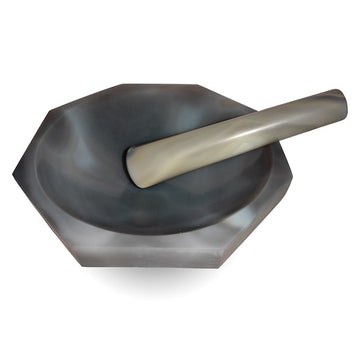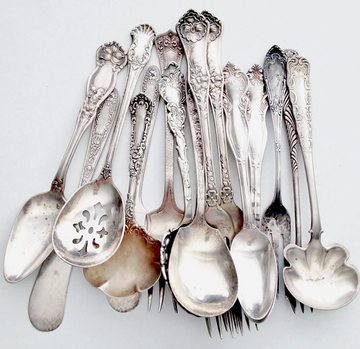Gear pump or peristaltic pump? What are the differences?
by Christoph Schumacher on Mar 18, 2023
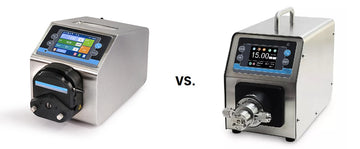
Gear pumps are displacement pumps that are frequently used in laboratory and industrial applications. Unlike peristaltic pumps, which work by pressing and squeezing a tube, gear pumps move liquids through the movement of gears within a cylindrical housing.
The advantages of gear pumps lie in their ability to deliver liquids evenly and continuously without pulsation. This makes them particularly suitable for applications where a very constant liquid supply is required, such as in the chemical or pharmaceutical industry.
Gear pumps can generate higher suction capacities than peristaltic pumps and are capable of producing higher pressures of several bar. They may also be suitable for liquids with higher viscosities. However, they are not recommended for liquids with solid content as this can damage the gear or gear ring. Here, a peristaltic pump is a must.
Peristaltic pumps are better suited for applications where contamination-free or even sterile liquid delivery is required. They are suitable for applications where a very variable flow is needed, as they are still easily adjustable. However, they have a limited pressure capacity of mostly under one bar and may be less suitable for viscous liquids.
Overall, gear pumps offer a more continuous liquid delivery, while peristaltic pumps are more flexible in application and particularly suitable for contamination-free applications. The choice depends on the specific requirements of the application.
Click here for our gear pumps and here for our peristaltic pumps.

